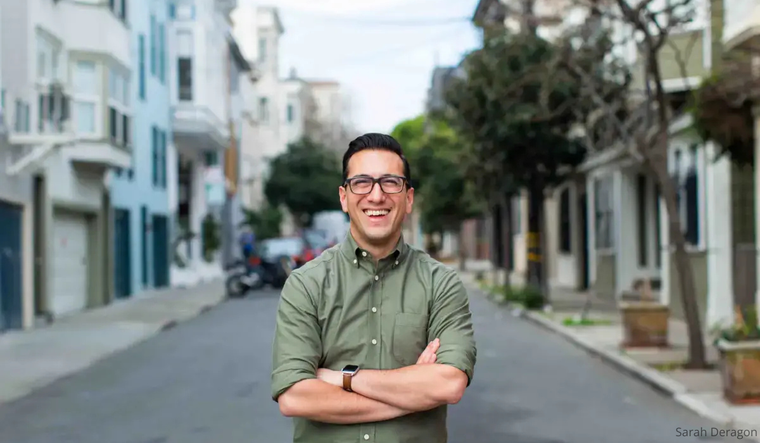Extremism, Fascism, and Attempted Coups—Our Country’s Been Here Before. Rachel Maddow Looks to History for Answers
IN THE YEARS leading up to the U.S. entry into World War II, the American government, American institutions, American democracy itself, was under attack from enemies without and within. The great American fight against fascism that we have inherited as a cornerstone in our country’s moral foundation is a fight that didn’t happen only overseas in the 1940s. Americans fought on both sides of that divide here at home, too, and their stories will curl your hair. They may also bolster your confidence in our ability to win our modern iterations of those same recurring fights, not to mention the future rounds, too, when this inevitably comes up again on civilization’s big democracy chore wheel.
The fight here at home in the 1930s and 1940s is a story of American politics at the edge: a violent, ultra-right authoritarian movement, weirdly infatuated with foreign dictatorships, with detailed plans to overthrow the U.S. government, and even with former American military officers who stood ready to lead. Their most audacious plan called for mounting hundreds of simultaneous armed attacks on U.S. government targets in the immediate aftermath of FDR’s likely reelection in 1940. Their attacks would spark chaos and panic, they hoped, and galvanize and radicalize anti-Roosevelt Americans, culminating in an armed takeover of the U.S. government and the installation of something much more like a fascist dictatorship. And as far-fetched as that sounds, these belligerents were doing a lot more than flapping their lips. They had started stealing from federal armories, and had made their plans to raid them, with confederates on the inside ready to help. They had bought weapons by the hundreds and thousands and started building and stockpiling bombs.
The even more incendiary fact was that these would-be insurrectionists enjoyed an astonishing amount of support from federal elected officials who proved willing and able to use their share of American political power to defend the extremists, to derail the Justice Department’s efforts to thwart or punish them, and to shield themselves from potential criminal liability when they were found out. In the lead-up to World War II, the U.S. Congress was rife with treachery, deceit, and almost unfathomable actions on the part of people who had sworn to defend the Constitution but who instead got themselves implicated in a plot to end it.
We can look back now, at a distance of more than eighty years, and see that all those American fascists (along with their lies and disinformation, their Hitler love, their white supremacist antisemitic derangement) ended up splintered on a rocky embankment. But in the moment, the lead-up to World War II in America was a much more close-run affair than we want to remember. It was a fast ride through churning and dangerous political rapids, and it wasn’t clear at the time exactly who and what were going to survive the journey. A lot of powerful figures in Congress, in the media, in law enforcement, in religious leadership, were bailing hard to keep the fascist boat afloat.
CALCULATED EFFORTS TO undermine democracy, to foment a coup, to spread disinformation across the country, to overturn elections by force of arms with members of Congress helping and running interference—all these things add up to a terrible episode for a country like ours to live through, but they are not unprecedented. Our current American struggle along these lines, it turns out, has a prequel.
And it turns out that the most interesting part of that story is about the Americans—mostly forgotten today—who picked up the slack in this fight against our domestic authoritarians and fascists and heavily armed right-wing militias. People like federal prosecutors William Power Maloney and O. John Rogge; federal lawmen such as Leon G. Turrou and Peter Wacks; Leon Lewis, a Jewish veteran of World War I who ran a dangerous undercover spy operation inside the dens of American Nazis; brave informants like Charles Slocombe, John C. Metcalfe, and Denis Healy, who all took real physical risks; journalists like Dillard Stokes, Arthur Derounian, and the cub reporter Arnold Sevareid; a direct mail advertising consultant turned daring citizen investigator, Henry Hoke. These mostly unremembered Americans stood up and challenged both the fascists and the political figures who were running a protection racket for them. They were not necessarily the people you might expect to be on the front lines, but there they were, standing fast. They won. And they left stories to tell—incredible stories—about how they did it.

Excerpted from PREQUEL by Rachel Maddow. Copyright © 2023 by Rachel Maddow. Excerpted by permission of Crown. All rights reserved. No part of this excerpt may be reproduced or reprinted without permission in writing from the publisher.
Please note that we may receive affiliate commissions from the sales of linked products.



